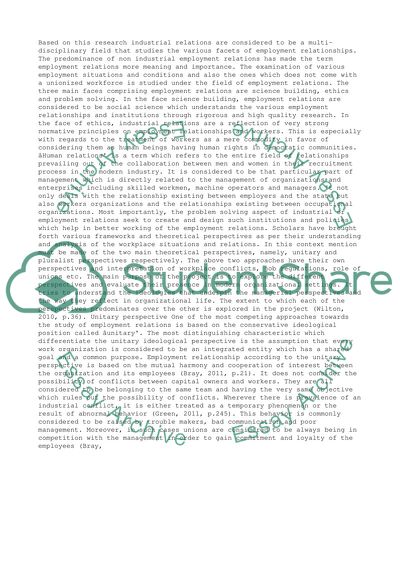Cite this document
(“Employment relationship Assignment Example | Topics and Well Written Essays - 3500 words”, n.d.)
Retrieved from https://studentshare.org/management/1394698-employment-relationship
Retrieved from https://studentshare.org/management/1394698-employment-relationship
(Employment Relationship Assignment Example | Topics and Well Written Essays - 3500 Words)
https://studentshare.org/management/1394698-employment-relationship.
https://studentshare.org/management/1394698-employment-relationship.
“Employment Relationship Assignment Example | Topics and Well Written Essays - 3500 Words”, n.d. https://studentshare.org/management/1394698-employment-relationship.


